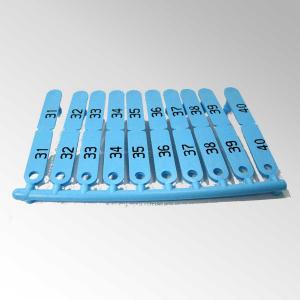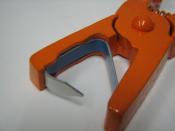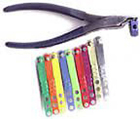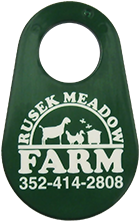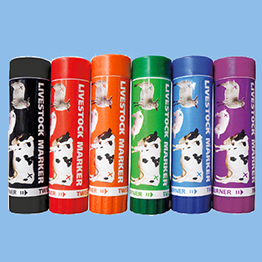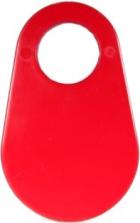Livestock Identification is a specialty at Ketchum Mfg. Co. Our plastic and metal cow tags, poultry leg and wing bands and our neck tags are used nationwide by farmers on all varieties of animals. You will find the quality and durability of our livestock identification tags hard to beat. They will stand up to heavy usage to make for a permanent tagging solution.

